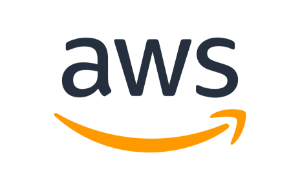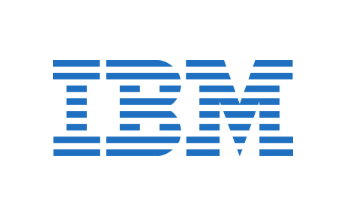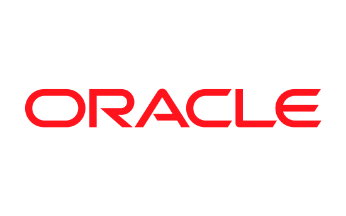Everything You Need To Know About Industrial IoT Platforms (FAQs)
What Are Industrial IoT Platforms?
IIoT devices are smart devices that are connected with delivered for industrial settings, rather than the home or office. This can include industrial robots, sensors, utilities equipment, and transformers. Industrial IoT platforms (or IIoT platforms) aggregate data in real-time from all of your IoT devices, including hardware, software, sensors, and any other devices. Data pulled from these devices is pooled into a consolidated and centralized system where it can be closely tracked and managed. IIoT platforms tend to be cloud or edge-based, though on-premises solutions are also available.
IIoT platforms are useful as they allow manufacturers to quickly and easily access data from production processes. Once they have this data, companies can analyze it and improve business processes. For example, IIoT platforms can offer insights on downtime, production, waste, and quality control. This information allows organizations to optimize their production processes and forecasting. Ultimately, this can help drive faster business decisions, increase efficiency, maximize revenue growth, and even lower operational costs. Additionally, companies can use this data to ensure operations are running smoothly, securely, and efficiently as possible.
How Do Industrial IoT Platforms Work?
An IIoT platform is comprised of a network of intelligent devices that are connected to form a system that can aggregate, monitor, exchange, and analyze data. Data is aggregated in real-time from hardware, software systems, sensors, and any other data point into the platform, where businesses can easily access and analyze it.
IIoT platforms also utilize a public and private data communications infrastructure, use analytics and applications to generate actionable insights from raw data, and store any data produced by the IIoT devices. IoT devices effectively act as edge devices, sending information directly to the platform to be turned into actionable and business-driven insights.
Industrial IoT Platform Features
Below are some key features to consider when choosing an IIoT platform:
- Connectivity: The connection between your IIoT devices and your platform should be effective, thereby allowing an effective stream of data to be analyzed.
- Data Analytics: IIoT platforms should have strong data analytics capabilities and generate helpful and actionable insights to help further drive business and enhance operations, while highlighting any inefficiencies.
- Data Processing: Data processing for your IIoT platform should be fast, robust, and reliable. It should be able to process large amounts of data quickly.
- Integration: Your chosen solution should integrate well with your existing environment.
- Automation: Automation allows industries to respond quickly to data-driven insights without the need for intervention.
- Encrypted Communications: As data is sent from a device to the platform, it should be encrypted to prevent data from being accessed by unauthorized users.
- Secure Device Authentication: Authentication is a critical part of ensuring security on devices and within systems. IIoT devices and IIoT platforms tend to be used by a large volume of users, and it can be hard to track who is accessing the system. Implementing authentication ensures that users trying to gain access are who they say they are.
- Continuous Threat Monitoring: Your chosen platform should perform continuous threat monitoring to detect any potential or developing threats.













